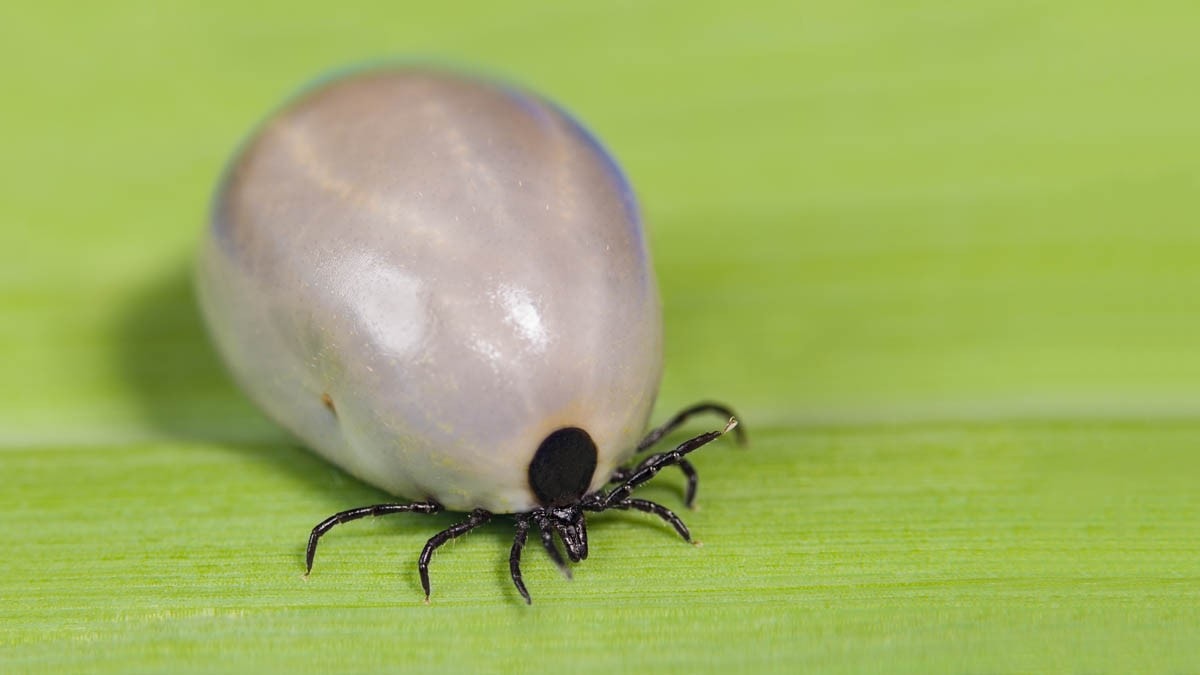Tick season is now upon us and it is time for all cat and dog owners to be alert to these potentially fatal parasites. This article looks at how to check for ticks, prevent ticks, symptoms of tick poisoning and how to safely remove ticks from your pet.
Tick prevention
If your cat is permitted to go outside, either free-roaming or in an enclosure then there is no sure-fire way to prevent ticks, but there are some products on the market that will assist in deterring them.
- Frontline Plus Top Spot
- Frontline Spray
- Proban tablets, 1/4 of a tablet every 2 days
- Fido’s Fre-Itch Rinse.
Check for ticks
- Even if you are using the above treatments, it is still important to check your cat for ticks every day.
- Begin with the head. Carefully check (by looking and feeling with your hands). Don’t forget to check inside the ears and under the chin/throat areas.
- Move down to the front legs, not forgetting to check between the toes.
- Feel along the cat’s body, including the belly. Move down to the rear legs, again checking between the toes.
- Inspect the cat’s genital region as ticks can sometimes be found there, and finish with the tail.
Tick removal
It is recommended you wear a pair of latex gloves while removing a tick. Using tweezers or a tick remover (you can purchase these for a few dollars from your veterinarian) firmly grasp the tick’s head, as close to the cat’s skin as possible. Be extremely careful not to squeeze the body of the tick as this will inject more poison and pathogens into the cat’s system. You can also kill the tick while it’s still on the cat by using an appropriate insecticide, such as Frontline spray.
Signs of tick poisoning
- Loss of appetite
- Vomiting or dry retching, excessive salivation, difficulty swallowing, difficulty breathing, coughing
- Change to meow
- Coughing
- Noisy panting
- Difficulty swallowing.
As symptoms progress you may notice:
- Limb weakness, starting in the hind legs, progressing to the front legs, appearing wobbly and uncoordinated, falling over, paralysis
- Incontinence
- Laboured breathing
- Coma.

